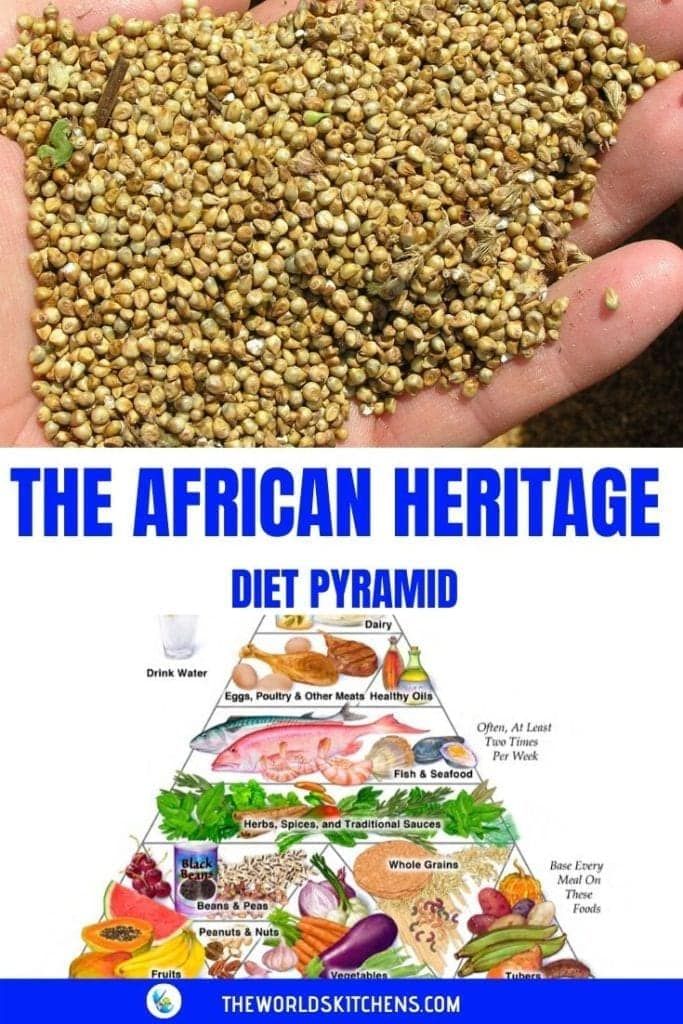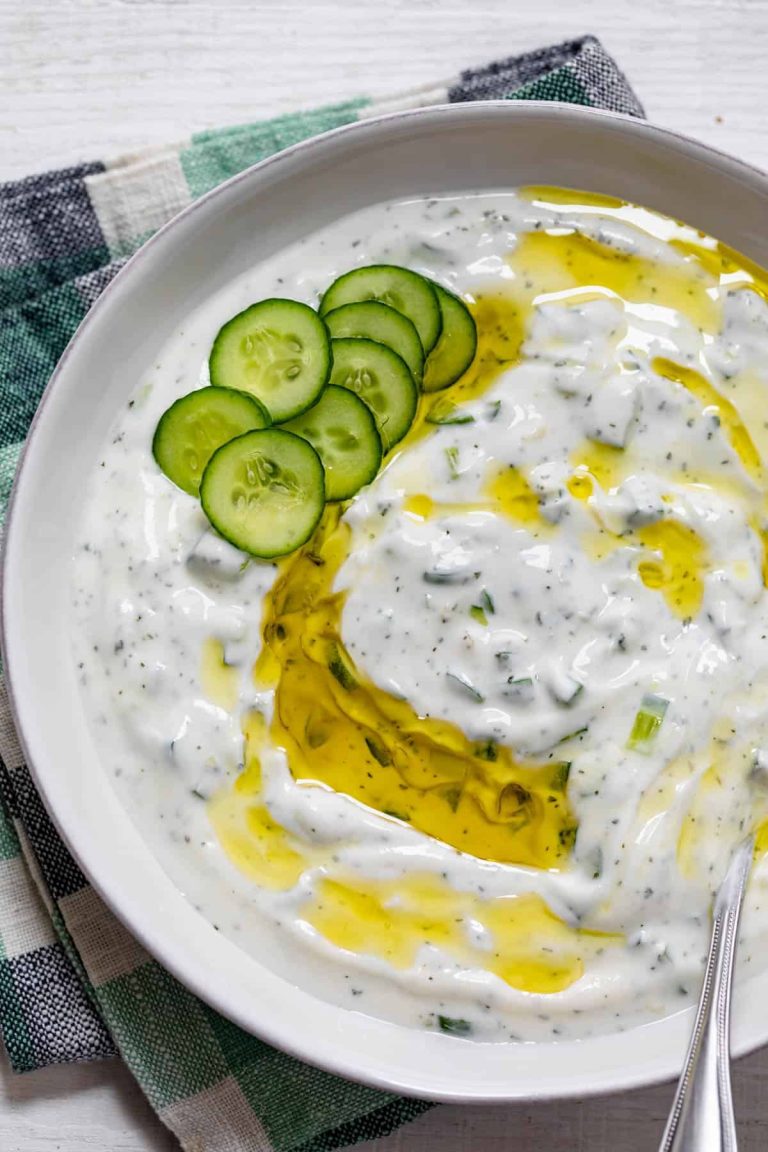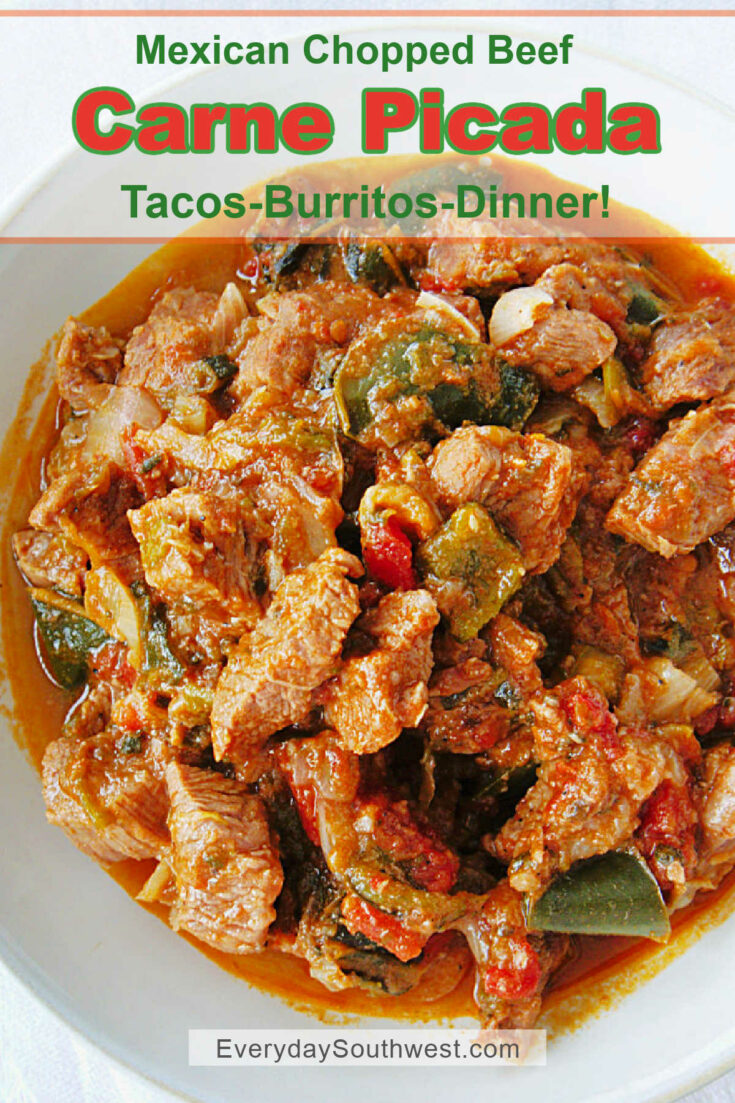Unleavened Bread: History, Types, Recipes, and Creative Serving Ideas
Unleavened bread traces its origins back thousands of years. Archaeological evidence suggests early humans in the Near East and Mediterranean regions used basic stone tools to grind grains and mix them with water, creating some of the first forms of unleavened bread. These early flatbreads offered sustenance due to their simplicity and quick preparation.
Egyptians around 5,000 years ago had advanced baking techniques, but unleavened bread remained common, especially during emergencies when time was short. Historical accounts from the Bible mention unleavened bread during the Exodus, illustrating its significance in ancient times.
Cultural and Religious Importance
Unleavened bread plays a pivotal role in various religious and cultural traditions. For Jewish people, unleavened bread, known as matzo, holds special significance during Passover. It symbolizes the haste with which the Israelites fled Egypt, not allowing time for their bread to rise.
In Christianity, unleavened bread figures prominently in the Eucharist, symbolizing purity and the body of Christ. This tradition links believers to ancient practices while reinforcing theological themes.
Across other cultures, it also holds significance. In Indian cuisine, chapati serves not only as a staple food but also as a cultural touchstone, embodying simplicity and nourishment. Mexican cuisine features tortillas, another form of unleavened bread, which holds historical significance dating back to indigenous cultures.
These examples underscore that unleavened bread is more than just food; it encapsulates historical and spiritual dimensions across civilizations.
Types of Unleavened Bread Around the World
Middle Eastern Varieties
Middle Eastern cuisines showcase several unleavened bread varieties, essential to daily meals and cultural traditions. Matzo serves a pivotal role in Jewish Passover, symbolizing the haste of the Israelites’ exodus from Egypt. Lavash, a soft, thin flatbread from Armenia, often accompanies meals and is used for wraps. Pita, another staple, can be found throughout the Middle East, typically served with hummus or various fillings.
South Asian Flatbreads
South Asia offers diverse unleavened flatbreads that form the cornerstone of many diets. Chapati, widely consumed in India, is made from whole wheat flour and cooked on a griddle. Roti, similar to chapati, pairs well with curries and vegetables. In southern regions, Bhakri, a thicker flatbread, provides sustenance with its hearty texture. Paratha, often layered and sometimes stuffed, adds variety to everyday meals.
European and American Forms
European and American cuisines also feature distinct unleavened bread types. Tortillas, a staple in Mexican cuisine, are used for various dishes like tacos and burritos, relying on corn or wheat flour. Hardtack, a simple, durable cracker, historically sustained sailors and soldiers. Crêpes, thin French pancakes, can be either sweet or savory, showing the versatility of unleavened dough. American Johnnycakes, made from cornmeal, highlight the regional adaptation of unleavened bread forms in daily food culture.
How Unleavened Bread Is Made
Ingredients Commonly Used
Unleavened bread requires minimal ingredients. The primary components include flour, water, and, in some variations, salt. Whole wheat flour, all-purpose flour, or even durum wheat flour are typical choices. Water binds the flour, creating dough. Some recipes add a pinch of salt for flavor, but this is optional.
- Mixing Ingredients: Combine flour and water in a bowl. Use one cup of flour to half a cup of water as a general ratio. Adjust the water to achieve a firm, non-sticky dough.
- Kneading Dough: Knead the dough on a floured surface for at least 5 minutes. This smooths the dough and develops gluten.
- Resting Dough: Allow the dough to rest for 20-30 minutes. Covered dough prevents drying.
- Shaping Dough: Divide the dough into small balls. Roll each ball into a thin, round disc, about 1/8 inch thick.
- Cooking Bread: Cook the discs on a preheated griddle or skillet. Cook each side for 1-2 minutes until lightly browned and puffed. The total cooking time is approximately 4 minutes per piece.
These steps ensure you achieve the characteristic texture and flavor of unleavened bread.
Nutritional Benefits of Unleavened Bread
Comparing Nutritional Profiles
Unleavened bread offers distinct nutritional benefits compared to leavened bread. It typically contains fewer ingredients, often just flour and water. This simplicity reduces calorie count and ensures no hidden additives. Generally, unleavened bread provides around 70-80 calories per serving (28 grams). It also contains 2-3 grams of protein, essential for muscle repair and growth.
Chemical leavening agents like baking soda or yeast are absent, which means lower sodium levels. A standard slice of unleavened bread contains about 1-2 milligrams of sodium, unlike leavened varieties that can contain up to 200 milligrams. This makes unleavened bread a better choice for individuals monitoring salt intake.
Dietary Advantages of Unleavened Bread
Choosing unleavened bread can benefit various dietary needs. Its simple ingredient list and lack of fermentation make it ideal for those with yeast allergies. Gluten-free options, like those made from almond flour or coconut flour, make it suitable for gluten-sensitive diets.
Unleavened bread’s lower glycemic index, often under 50, means it causes slower blood sugar rises. This makes it a favorable option for individuals with diabetes. Additionally, whole grain versions provide 3-4 grams of dietary fiber per serving, aiding in digestion and maintaining satiety.
Overall, unleavened bread’s nutritional profile and dietary advantages make it a versatile and health-conscious choice.
Recipes and Serving Suggestions
Traditional Recipes
Explore traditional recipes to experience the authentic taste of unleavened bread. The most common variety is matzo, made from a simple mixture of flour and water. To prepare matzo, combine 1 cup of flour with 1/3 cup of water, mix until a dough forms, roll it thinly, and bake at 475°F for 3–5 minutes. Another classic is chapati, often found in South Asian cuisine, made from wheat flour and water. Mix 2 cups of whole wheat flour with enough water to form a pliable dough, roll into discs, and cook on a hot skillet until puffed and golden brown.
Lefse, a Norwegian flatbread, combines flour and mashed potatoes for a unique texture. Mix 2 cups of mashed potatoes with 1 cup of flour, roll into thin rounds, and cook on a griddle until brown spots appear. Ethiopian injera, though typically fermented, can be made using quick recipes for a similar effect. Mix 1 cup of teff flour with 1½ cups of water, let it rest for 30 minutes, then cook on a skillet until bubbles form and the surface dries.
Innovative Ways to Serve Unleavened Bread
Get creative with unleavened bread to enhance your meals. Use matzo as a base for nachos, topping it with cheese, beans, and vegetables. Make chapati wraps by filling them with grilled chicken, fresh vegetables, and yogurt sauce. Roll lefse around smoked salmon and cream cheese for a Nordic twist on traditional ingredients. For injera, serve it as a base for stews and salads, enhancing both flavor and texture.
Transform unleavened bread into pizzas by spreading tomato sauce and mozzarella on matzo or chapati, baking until the cheese melts. Create unleavened bread chips by slicing matzo or chapati into triangles, brushing with olive oil, and baking until crispy. Pair these chips with hummus, guacamole, or salsa for a healthy snack. Enhance salads with torn pieces of unleavened bread, adding a crunchy element to fresh greens and vegetables.
Conclusion
Unleavened bread offers a fascinating glimpse into the cultural and historical tapestry of our world. Its simplicity and versatility make it an excellent addition to any meal. Whether you’re honoring a tradition or exploring new culinary horizons unleavened bread can enrich your dining experience. Try incorporating it into your recipes and discover the unique flavors and textures it brings to your table.






